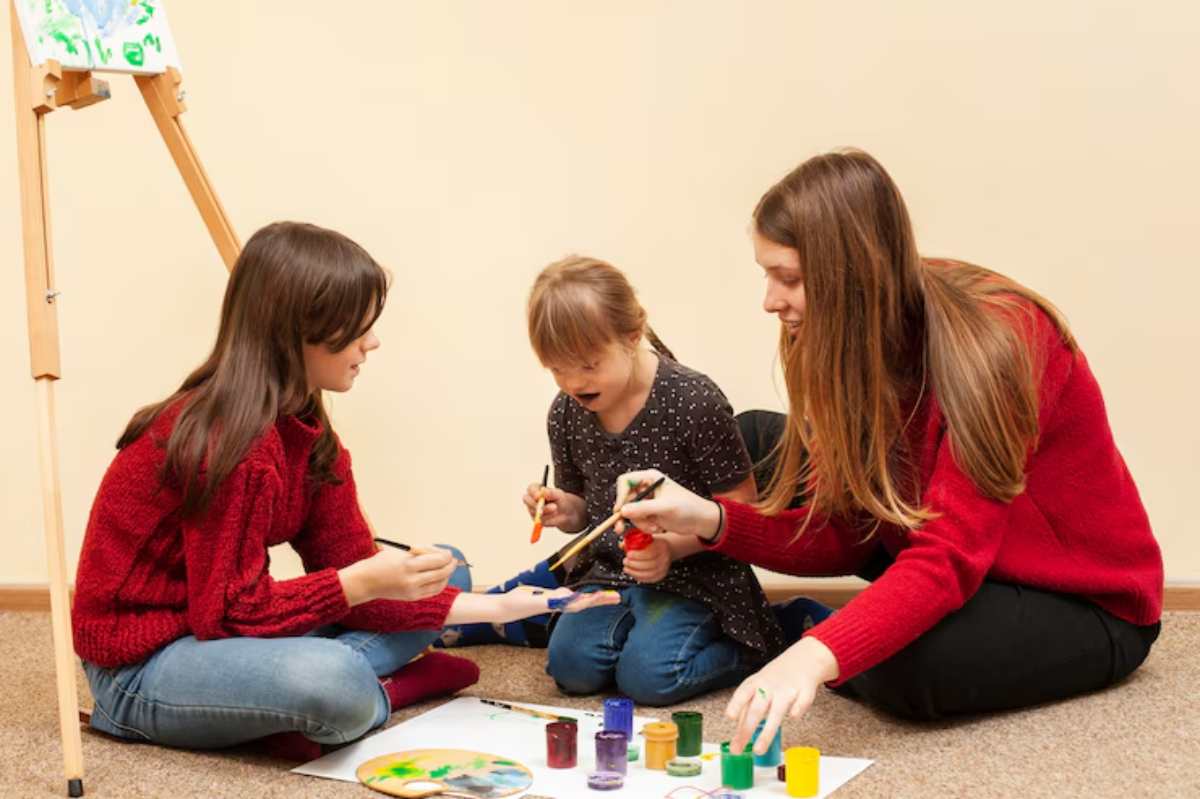
Why Sibling Rivalry Happens and How to Manage It
Sibling rivalry is a familiar, if not inevitable, aspect of family life, like sibling rivalries, which can start with tussles over toys or the front seat. But the problems go much deeper. They often include competition for attention, identity formation and new relationships.
If these tensions are ignored, they breed resentment or behavioural problems. With understanding and active parenting, sibling rivalry can be a lesson in conflict resolution. It helps build empathy and strengthen family ties.
Sibling rivalry has many causes, and this blog takes a look at some of them, and why it’s important to address, and how to effectively manage it to create a more harmonious home.
Why It Matters
The Emotional Impact on Children
Intense sibling rivalry can cause emotional stress, low self-esteem, and anxiety. This is especially true when kids feel ignored or treated unfairly. Over time, unchecked rivalry may shape how siblings relate to one another well into adulthood.
The Strain on Family Dynamics
Sibling conflict can stress parents, cut family time, and create a tense home. Parents may feel caught in the middle or unsure of how to fairly mediate disputes. Addressing these issues early helps maintain balance and peace.
Key Benefits of Addressing Sibling Rivalry

1. Healthier Communication Skills
When parents help kids resolve disputes respectfully, children learn to act that way too. They start using these skills at school, in friendships, and later at work.
2. Stronger Sibling Bonds
Learning to navigate disagreements allows siblings to develop mutual respect. With time, many rivalries evolve into lifelong friendships rooted in shared understanding.
3. A Calmer Home Environment

When parents manage rivalry, they lower daily stress. This helps prevent fights and creates a calmer space. In this atmosphere, each child feels noticed and supported.
4. Enhanced Problem-Solving Abilities
Kids who work through conflicts at home learn important skills. These include negotiation, empathy, and emotional regulation. Such skills help them make healthy decisions.
Additional Expert Tips & Common Mistakes to Avoid
Expert Tips for Reducing Sibling Conflict
1. Avoid Labels and Comparisons
Saying things like “Why can’t you be more like your sister?” or “He’s the smart one” can fuel resentment and competition. Instead, focus on each child’s individual strengths and efforts.
2. Encourage Individual Identity
Support each child’s unique interests and talents. Giving them space to shine in their own way reduces the need to compete for attention or validation.
3. Set Clear Household Expectations
Create basic ground rules around respect, sharing, and communication. When children know what’s expected, they’re more likely to navigate conflict constructively.
4. Give Equal but Individual Attention
Spending time with each child separately can help reduce attention-seeking behaviour. Even a short, consistent one-on-one activity can build connection and ease rivalry.
5. Teach Conflict Resolution Early
Model calm problem-solving and involve children in resolving their own disputes. Ask questions like, “What happened?” and “What could you do differently next time?” to build awareness.
Common Mistakes to Avoid
- Taking Sides Too Quickly: Jumping to conclusions can make one child feel unfairly treated. Listen to both sides before intervening.
- Over-Praising One Child: Frequent praise aimed at one sibling can unintentionally lead the other to feel overlooked or less valued.
- Assuming They’ll “Grow Out of It”: While some rivalry does ease with age, underlying issues may persist without guidance and support.
Advanced Insights and Expert Recommendations
Understanding Developmental Stages
Sibling rivalry often intensifies at specific developmental phases. For instance:
- Toddlers and preschoolers may struggle with sharing or jealousy over parental attention.
- School-age children may compete academically or socially.
- Teenagers often assert independence, which can lead to boundary conflicts with younger siblings.
Recognising these patterns helps parents respond with appropriate strategies at each stage.
Creating a Conflict Resolution Framework
Rather than solving every argument, equip your kids with a go-to structure they can use themselves. Teach a simple three-step process:
- State the problem clearly (“I wanted to use the tablet, but you took it without asking.”)
- Explain how it made you feel (“That made me upset because I was waiting for my turn.”)
- Offer or ask for a solution (“Can we set a timer and take turns next time?”)
Having a process in place gives kids the tools to work things out with minimal parental intervention.
When to Step In—and When to Step Back
It’s important to know the difference between normal bickering and harmful behaviour. Step in if:
- There’s physical aggression
- One sibling consistently feels unsafe or bullied
- Conflict escalates quickly and regularly
In other cases, stepping back allows kids to develop resilience and learn to resolve problems independently. Monitor without micromanaging.
Involving Siblings in Shared Goals
Encourage collaboration over competition. For example, give them a shared project, like planning a weekend activity or working together on a household task. Celebrating their joint success fosters teamwork and reduces rivalry.
Nurturing Connection Through Conflict

Sibling rivalry might be inevitable, but if it ever came down to a brawl, it doesn’t have to characterise your household. Adults can model equity, nurture individual interests and teach healthy communication. That way, they can use conflict as an opportunity for growth.
When kids feel heard, valued and safe with their parents and siblings, they compete less and cooperate more.
The aim is not to never argue again — it is to teach children how to approach arguments with respect, empathy and accountability. These lessons accumulate over time stronger sibling bonds and lasting emotional intelligence.


